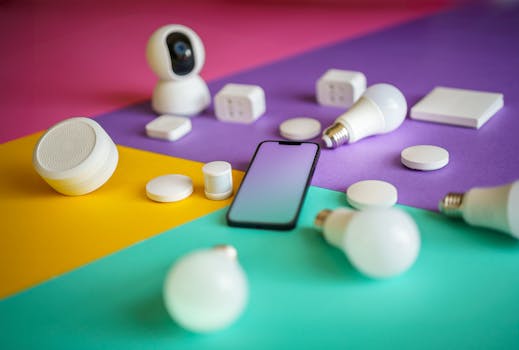Smart Connectivity: The Role of IoT in Modern Communication

Smart Connectivity: The Role of IoT in Modern Communication
Smart Connectivity, The Internet of Things (IoT) is a network of physical devices, vehicles, home appliances, and other items that are embedded with sensors, software, and connectivity, allowing them to collect and exchange data. The IoT has been rapidly growing in recent years, and its impact on modern communication has been significant. In this article, we will explore the role of IoT in modern communication and its impact on various industries.
The IoT has enabled the creation of smart devices that can communicate with each other and with humans, making it possible to control and monitor various aspects of our lives remotely. For example, smart home devices such as thermostats, lights, and security cameras can be controlled and monitored using a smartphone app, making it possible to manage our homes remotely. Similarly, wearable devices such as smartwatches and fitness trackers can track our health and fitness levels, providing us with valuable insights into our well-being.
The Impact of IoT on Communication
The IoT has had a significant impact on modern communication, enabling the creation of new forms of communication that were not possible before. For example, the IoT has enabled the creation of smart cities, where various aspects of city management such as traffic management, waste management, and public safety can be monitored and controlled remotely. The IoT has also enabled the creation of smart transportation systems, where vehicles can communicate with each other and with infrastructure, making it possible to manage traffic flow and reduce accidents.
The IoT has also had an impact on the way we communicate with each other. For example, smart speakers such as Amazon Alexa and Google Home have made it possible to control our homes and access information using voice commands. The IoT has also enabled the creation of new forms of communication such as augmented reality and virtual reality, which are changing the way we interact with each other and with information.
The Benefits of IoT in Communication
The IoT has several benefits in communication, including increased efficiency, improved safety, and enhanced customer experience. For example, the IoT has enabled the creation of smart customer service systems, where customers can interact with companies using chatbots and other forms of automated communication. The IoT has also enabled the creation of smart supply chain management systems, where companies can track their inventory and manage their supply chain in real-time.
The IoT has also had an impact on the way we work, enabling the creation of smart offices and smart workplaces. For example, the IoT has enabled the creation of smart meeting rooms, where meetings can be scheduled and managed remotely. The IoT has also enabled the creation of smart collaboration tools, where teams can work together remotely and share information in real-time.
Conclusion
In conclusion, the IoT has had a significant impact on modern communication, enabling the creation of new forms of communication that were not possible before. The IoT has also had an impact on the way we communicate with each other, enabling the creation of new forms of communication such as augmented reality and virtual reality. The benefits of IoT in communication include increased efficiency, improved safety, and enhanced customer experience. As the IoT continues to grow and evolve, we can expect to see even more innovative applications of this technology in the future.




